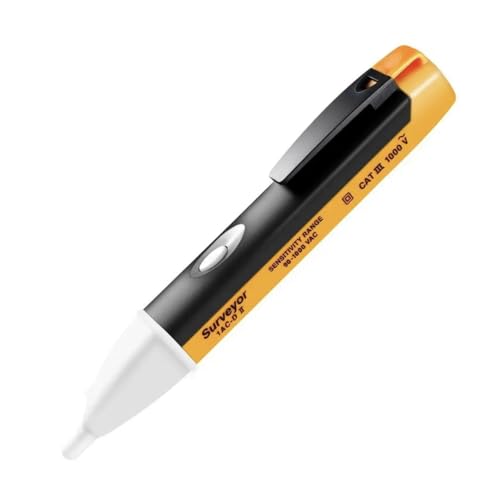Hi!
I have an AC/DC power supply with 19.5V 7.9A output from a desktop computer (a kind of All in One). Apparently it is a source similar to that of a laptop charger, same look.
For some time now, despite feeding the equipment well and working without cuts, if I disconnect it from the AC plug, I can no longer use it in hours or days... If I reconnect it, it doesn't work and then the LED that has does not light up, and you have to leave it, as I said, disconnected to use it again.
I have no advanced knowledge of electricity, I have disassembled it and apparently everything is correct, there are no inflated or burst capacitors.
Can you help me?
Thanks in advance.
I have an AC/DC power supply with 19.5V 7.9A output from a desktop computer (a kind of All in One). Apparently it is a source similar to that of a laptop charger, same look.
For some time now, despite feeding the equipment well and working without cuts, if I disconnect it from the AC plug, I can no longer use it in hours or days... If I reconnect it, it doesn't work and then the LED that has does not light up, and you have to leave it, as I said, disconnected to use it again.
I have no advanced knowledge of electricity, I have disassembled it and apparently everything is correct, there are no inflated or burst capacitors.
Can you help me?
Thanks in advance.














































![TUOFENG 12 Gauge Silicone Wire -6 Meter [3 m Black and 3 m Red] 3.3mm² Soft and Flexible Electrical Wire for DIY Projects and Electrical Applications](https://m.media-amazon.com/images/I/51+++DjJ1DL._SL500_.jpg)



















